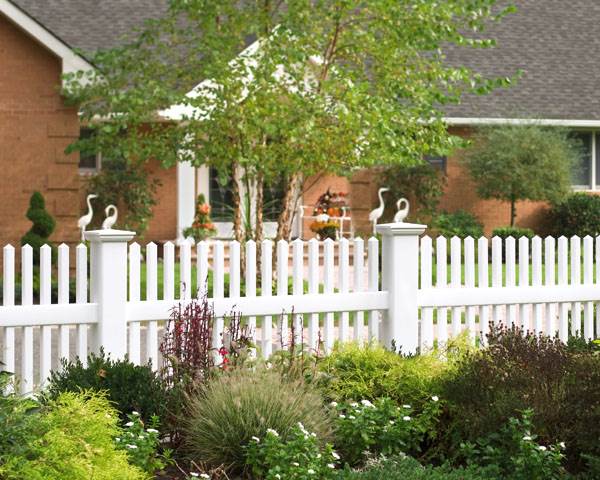
A fence can be a wonderful improvement to add to your home, from increasing your home’s curb appeal, providing additional security and privacy, and offering protection for pets, children and gardens. While there are many reasons for a homeowner to choose to add a fence to part or all of their property, even if you are not going to be in your home for a long time, you’ll likely see a return on your investment when you decide to sell your home. In fact, the addition of a fence often increases the value of your home by several thousand dollars.
The metropolitan Atlanta area includes numerous green enclaves where coyotes and deer are commonly seen and for many, keeping these critters out of our gardens and children’s’ play areas is a reason to consider a fence. As important as keeping some animals out is the need to keep others in. Some dogs are simply not able to play outside off leash without being contained, so a fence can make owning a dog much easier and more convenient.
However, while there are many benefits to adding a fence, these improvements can also turn into eyesores if not installed properly and professionally, upsetting you and your neighbors. Before you decide to install a fence, there are several things you should take into consideration, from material and placement to the how a change like this will alter the look of your home for yourself and potential buyers later on down the line. Here are a few tips for deciding if a fence is right for your home and how to begin the process of planning and installation.
Define Your Purpose First

People consider adding a fence for many reasons, so first ask yourself what are the top things you are trying to accomplish with this addition. Is your main concern keeping your dog in your yard and allowing him or her to run free for exercise and playtime while remaining safely contained? Or are you more concerned with privacy and blocking the view of your yard from the street and/or neighbors? Will the fence cover only your backyard, where appearances may be less important than utilitarian needs, or will you be fencing in part of your front yard as well, where your fence will now become a part of your home’s curb appeal? Different materials can be used based on your needs and how your fence needs to look when you are done.
Perhaps you’re not really interested in fencing your entire yard, but just one small area for a specific purpose. If you have an inground pool in your backyard, a safety fence may be very important to keep young children from finding their way into the pool unattended. Or perhaps you have a garden you want to protect from deer and other animals while leaving the rest of your yard open and unabridged. If your needs are smaller, the type of fence you may choose may be quite different from what your neighbor looking for privacy would go with.
Check with Your Homeowners Association or Local Municipality
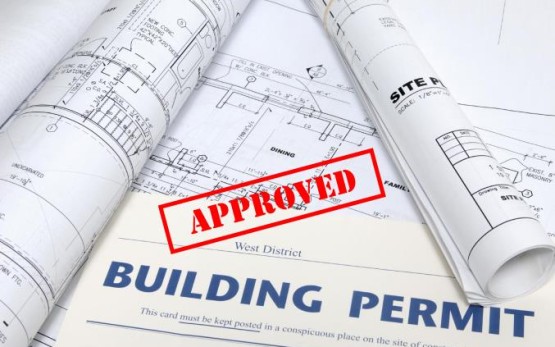
Many HOAs have very specific requirements for fences that are added to homes after purchase. Some neighborhoods do not allow any fences at all to be added to any portion of your property, or they may allow them for the backyard only. Where fences are allowed, it may be a requirement that they all look exactly the same, utilizing one type and color of material. In this situation, your planning will be much easier since you are limited in the details of your project.
If you do not live in a covenant governed community, or yours is rather permissive, you can proceed with any type of fence you like. In this case your next step is to clearly define the boundaries of your property. You can check with a land surveyor to get this done officially and have a copy of your land survey in writing. If the area where you want to place your fence borders closely on your neighbor’s property, discuss the matter with them first, and if possible get an agreement about the fence placement with them signed in writing to avoid disagreements down the line. You never know – your neighbor may be interested in building a fence at the same time. This could mean sharing the cost of a common wall, and/or getting a multi-customer discount from the installer.
Some municipalities require you to get a permit before you begin building a new fence. If that is the case you can normally do this through your local city hall. These permits do come with a cost though, which is ordinarily somewhere in the neighborhood of $1000. This amount should be figured into the overall cost of your project when you are drawing up your budget. Cities and towns may also have requirements similar to an HOA in terms of fence look and placement. One common rule is for fences to be installed anywhere from 2 to 8 inches from sidewalks and property lines. Another is the requirement that the more attractive side of a fence, the side that does not show rails and posts, be placed facing out from your home for the viewing pleasure of your neighbors and passersby.
Do It Yourself, or Not?
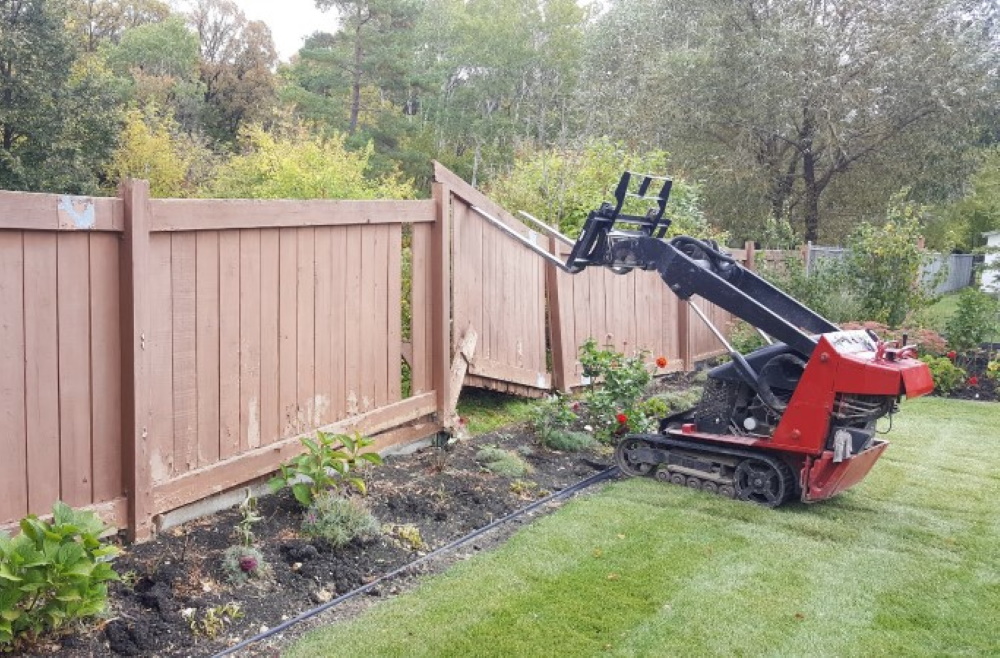
Many neighborhoods require fences to be professionally installed, sometimes indicating that only one vendor should be used. If you are not subject to such bylaws at your home, you may be tempted to do the job yourself. Whether or not this is a good idea depends on your level of experience with such projects, and how professional you want or need your fence to look when you are finished with the job. The size of the area you are fencing may also be an item to consider, as you might be able to pull this job off yourself if you are only fencing a small backyard area. Safety fences around pool areas or fencing around a small garden plot may be good options for the do-it-yourselfer. If the fence project you are considering involves removing some existing fence material, that part might be easily handled as a DIY project. You might perhaps safe money by performing the removal yourself then allowing a professional team to come in and do the heavy installation.
Different Fence Materials
The traditional white picket fence has long been the most popular type of residential fence added to American homes. However, they are not always made from the same type of material. You may assume that wood is always installed and then white washed, but other materials can also give your home the same look, the most popular of which is vinyl. Which material you choose depends on how much work you want to put into the upkeep of your fence.
Wood is the most commonly used fence material, but it also requires the most upkeep, so you will need to weigh the pros and cons of installing a wood fence at your home. Wood fences can be built at any height and for any size yard, making them supremely versatile. Wood also works well with most every architectural style, so no matter what your home looks like, a wooden fence will likely fit in with your style perfectly. When it comes to keeping your wood fence looking its best, you can expect it to need staining, sealing or repainting every 2-3 years to keep it from warping and rotting over time.
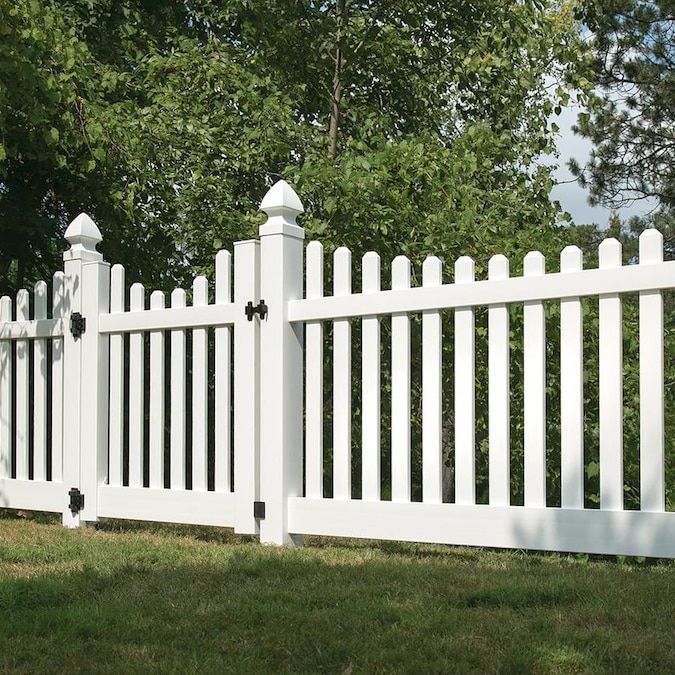
If you want a fence that looks almost exactly like wood but without the need for maintenance, look to vinyl instead. You can keep a vinyl fence clean by simply rinsing it off as needed with your garden hose, and it never needs to be painted. You can choose from a large variety of colors though, so you can achieve the exact look that will work best for your home. Vinyl fences will not rot or rust, and even if you get paint on it, you can easily clean it off again.
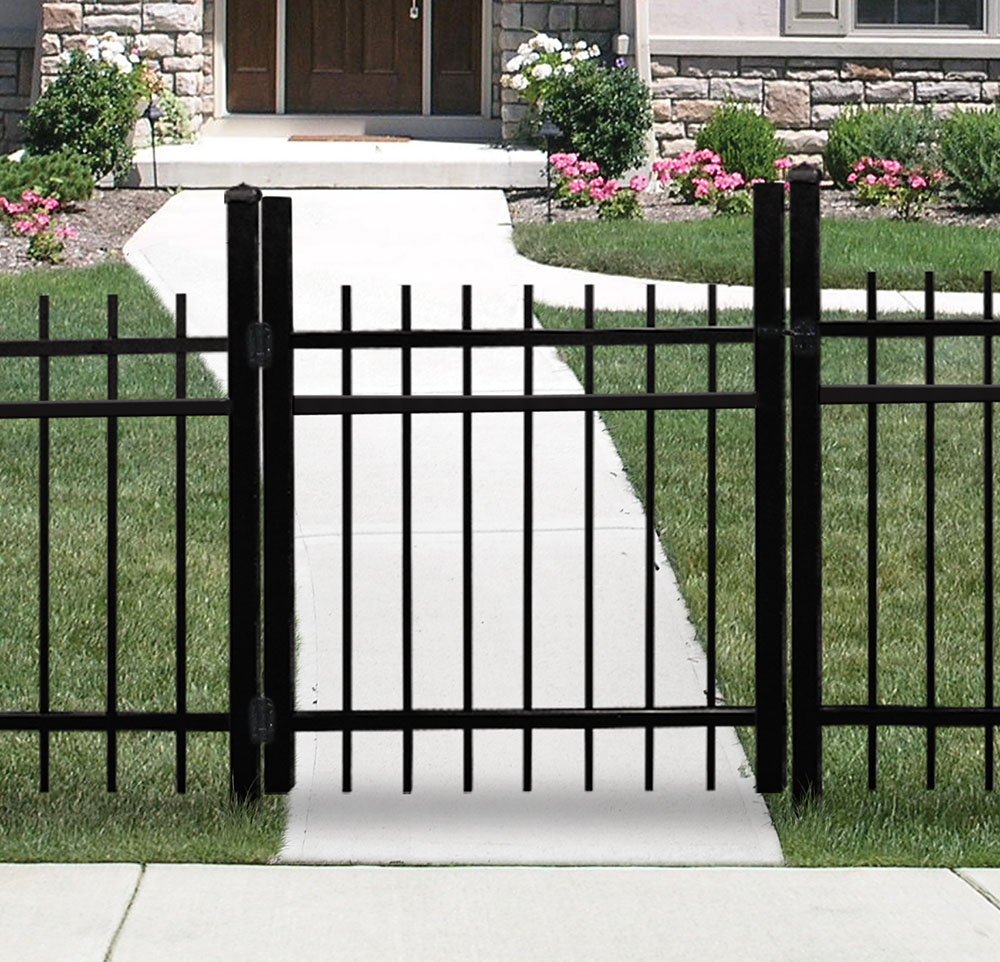
Aluminum is also a popular choice for fence materials, especially if you are simply looking for animal containment rather than privacy. Aluminum fences are relatively maintenance-free, and will look good with most architectural styles. Choosing aluminum is also a smart decision if you love the look of wrought iron but do not want to worry about rust issues later on. Aluminum fences can be made to closely mimic the look of traditional wrought iron.
Another option to consider is to mix fencing materials when you plan your fence. A traditional white picket fence made from wood in your front yard can transition to another material in your backyard where it will not be seen. If your property backs up to woods and you are not constrained by HOA requirements, a cheaper chain length fence running across the back of your property will be your little secret, and will provide the same type of containment as a more attractive material.
Consider a Greener Solution
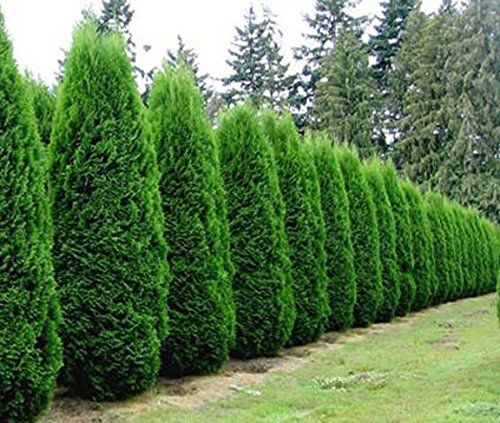
Do you actually need to install a traditional fence on your property to effectively solve your problems or needs? If you are mostly worried about privacy, a living wall may be a better solution for you than a man-made fence. An evergreen hedge can be planted along the sides of your property to create a year-round natural privacy fence without disrupting the look of your yard and garden. Make sure to choose an evergreen variety that matures at the height and width you want your privacy hedge to be. While it will take a few years for the hedge to mature into the fence of your dreams, you will love the natural look of this solution.

